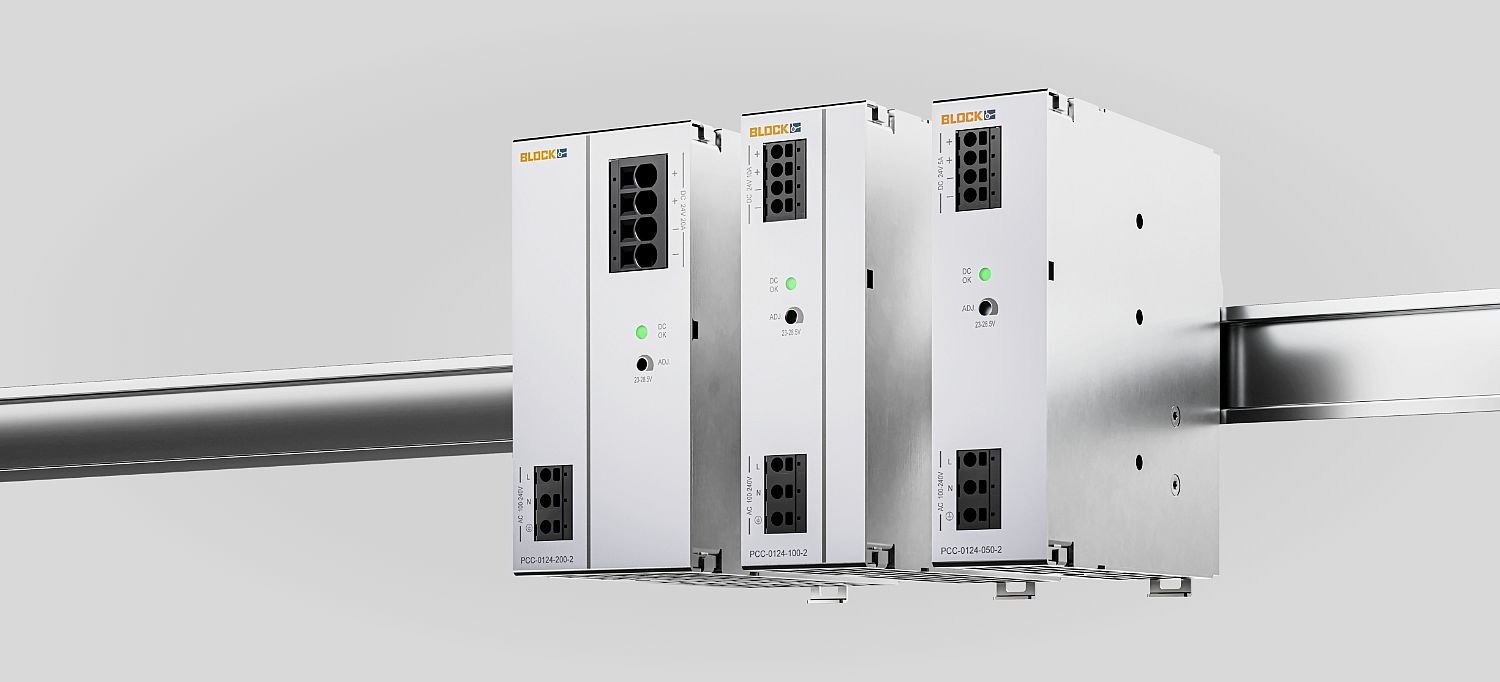The week's pick
Random Articles
Reseach Article
Basic Digital Logic Gate Design using Carbon Nanotube Field Effect Transistors
| International Conference and workshop on Advanced Computing 2014 |
| Foundation of Computer Science USA |
| ICWAC2014 - Number 1 |
| June 2014 |
| Authors: Y. Srinivasa Rao, Ram Babu. Busi |
Y. Srinivasa Rao, Ram Babu. Busi . Basic Digital Logic Gate Design using Carbon Nanotube Field Effect Transistors. International Conference and workshop on Advanced Computing 2014. ICWAC2014, 1 (June 2014), 0-0.
Abstract
In this paper, the performance of ambipolar carbon nanotube field effect transistor based logic devices have been evaluated using circuit compatible HSPICE model. The expression for drain current has been derived in terms of surface potential, specific voltage ?i(S/D), subband minima, source / drain Fermi levels and gate voltage. The PDP and EDP of basic carbon nanotube field effect transistor based logic devices have been investigated based on this HSPICE model.
References
- McEuen. E. , Fuhrer. M. S. , and Park. H. , Single –Walled Carbon Nanotube Electronics, 1(2002), 78-85.
- Yang. L. , Anantram. P. , Han. J. and Lu. J. P. , Band-gap Change of Carbon Nanotubes: Effect of small Uniaxial and Torosional Strain, Phys. Rev. B, 60, 19(1999), 13874-13878.
- Guo. J, Datta. S. and Lundstorm. M, Assessment of Silicon MOS and Carbon Nanoyube FET Perofrmance limits using a general theory of ballistic transistors, Digest IEDM (2000)711-715.
- Wind. S, Appenzeller. J. and Avouris. Ph. , Vertical Scxaling of Carbon Nanotube Field Effect Transistors using Top Gate Electrodes, Appl. Phys. Letter, 80 (2002)3817-3819.
- Javey. A. et. Al, Ballistic Carbon Nanotube Field Effect Transistor, Nature, 424(2003), 654-657.
- Lin. Y. M. , Appenzeller. J and Avouris. Ph, Novel Carbon Nanotube FET design with tunable polarity, Electron Devices Meeting, IEDM Technical Digest, IEEE Int. (2004), 687-690.
- Guo. J. , Javey. A and Lundstrom. M, Performance Analysis and Design Optimism of near sballistic carbon Nanotube FETs, IEDM Tech. Digest (2004), 703-706.
- Yang Xuebei and Mohanram Kartik, Ambipolar Electronics, Rice University Technical Report, TREE1002(2010)
- O'Connor. I et. al, CNTFET Modeling and Reconfigurable Logic Design, IEEE Tran. Circuit and Systems I, 54 (2007), 2365-2379.
- Raychowdhury. A et. al, A Circuit-Compatible Model of Ballastic Carbon Nanotube Field Effect Transistors, IEEE Trans. Computer-Aided Design, 12, 10 (2004), 1411-1420.
- Guo. J. , Lundstrom. M. andvDatta. S. , Performance Projections for Ballistic Carbon Nanotube Field Effect Transistors, Appl. Phys. Letters, 80, 17 (2002) 3192-3194.
Index Terms
Keywords

